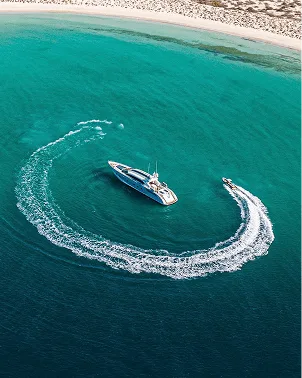Length

Amalfi Coast & Sicily
Our cruising guide to the coastline around Amalfi and Sicily. Choose your charter in the Amalfi Coast & Sicily. Sip Prosecco on perfect piazzas. Dine on fresh seafood. Take elevators from sea level up to world-class restaurants. Drink in the vertiginous views.































































